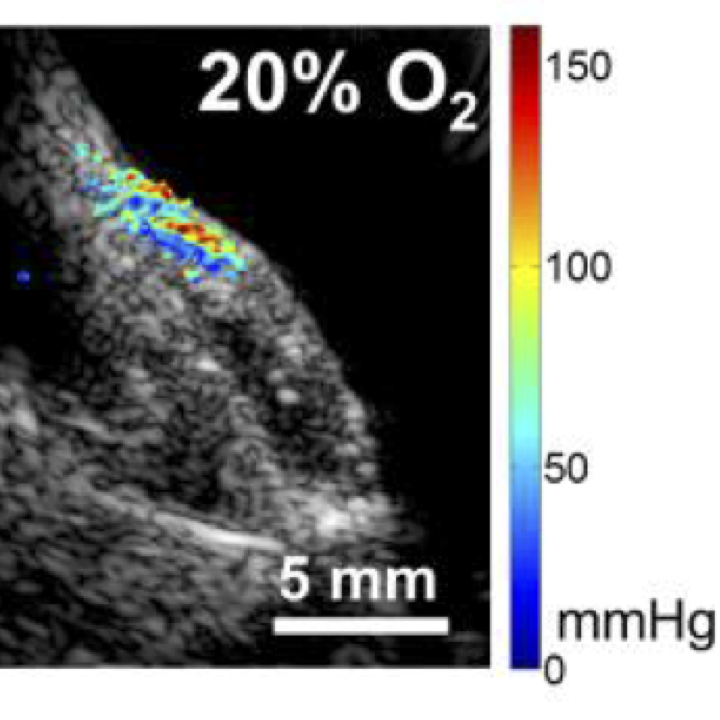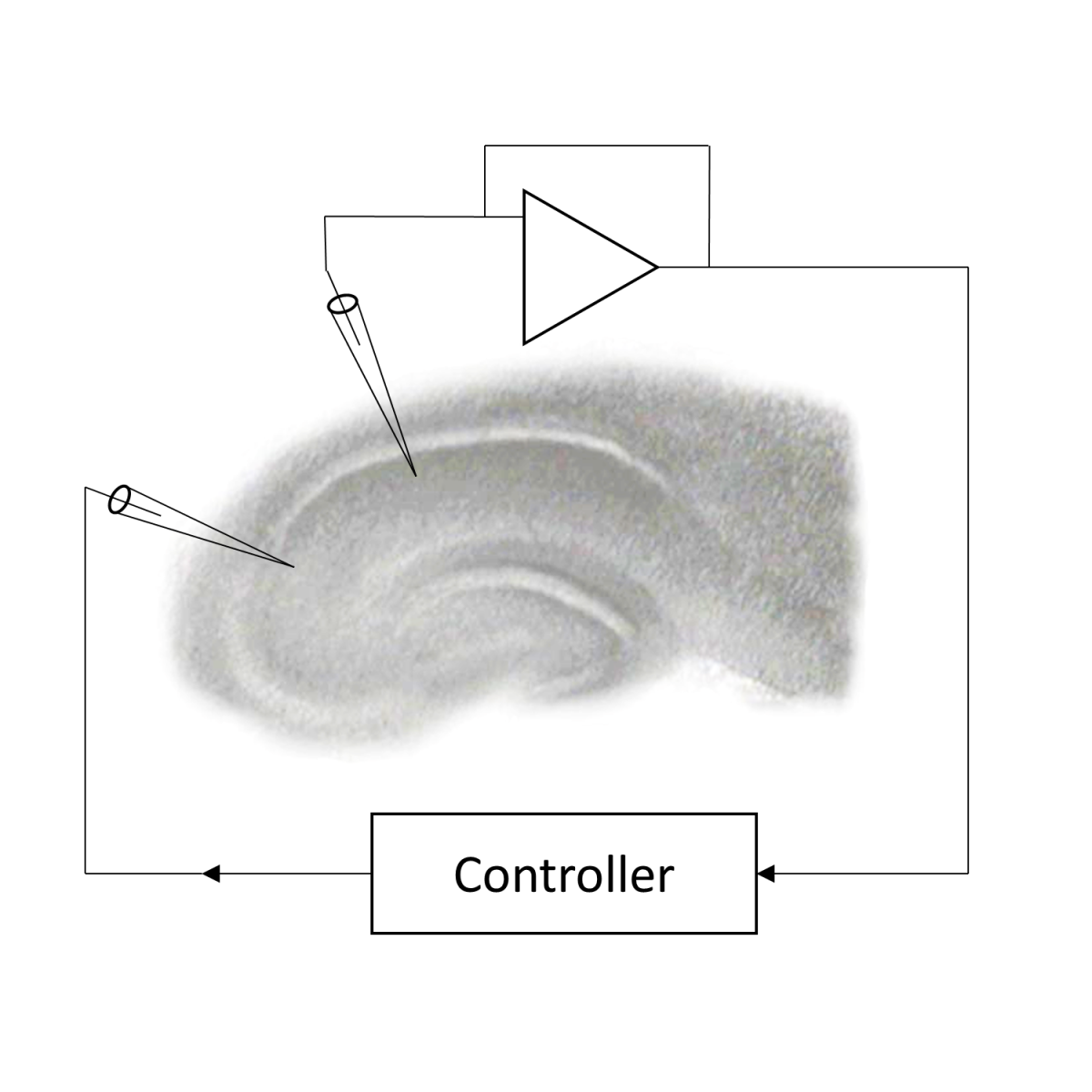Biomedical optics & imaging

Imaging tools to better understand the brain
The Akkin Lab develops non-contact optical imaging tools to study tissue structure and function, with an emphasis on better understanding the brain. Non-invasive or minimally invasive applications in medicine are possible, because the techniques use back-scattered light.

Non-invasive imaging for cancer therapy
The Ashkenazi Lab develops high-resolution imaging devices and techniques that combine laser, fiber optics, and ultrasound technologies. The team developed a unique method for non-invasive imaging of tissue oxygen, and are studying its effect on cancer therapy outcomes.

Engineering the immune response
The Hartwell Immunoengineering Lab uses biomolecular engineering, drug delivery, and immunology to develop molecular vaccines and immunotherapies that direct the immune response towards activation or tolerance by targeting specific cells and tissues, with a focus on the mucosal immune system.

Aging and neurodegenerative diseases
Aging is the major risk for neurodegenerative diseases (NDs). Dr Herman and his colleagues have elucidated the role the Caspase-2 plays in neurodegenerative diseases. Current efforts are centered on the regulation of Caspase-2 mediated proteolysis of tau in NDs.

Optimizing stimulation therapy algorithms
The NeuralNetoff lab aims to give patients the best outcomes from electrical stimulation, a patient-specific therapy that varies widely in its effectiveness. They’re testing therapies and optimizing algorithms, to help people with conditions like Parkinson’s, epilepsy, and chronic pain.

Technology that tackles brain disorders
Alexander Opitz's lab aims to improve non-invasive brain stimulation technology, which people respond very differently to. The team is identifying individual predictors, to help create a future where there are personalized treatments for brain disorders like depression.

Bioengineering cancer therapies
Paolo Provenzano’s lab is developing new ways to combat cancer. Approaches include re-engineering tumor microenvironments to remove tumor-promoting cues, enhancing drug delivery, promoting anti-tumor immune responses, and developing next-generation cell-based therapies.

Prediction and prevention of cardiac arrhythmias
Alena Talkachova’s group visualizes electrical activity in the heart and small patches of cardiac tissue. They use nonlinear dynamics approaches to predict transition from normal to abnormal cardiac rhythms, and to prevent arrhythmias in the heart. They also develop novel tools to guide mapping-specific ablation in patients with atrial fibrillation.